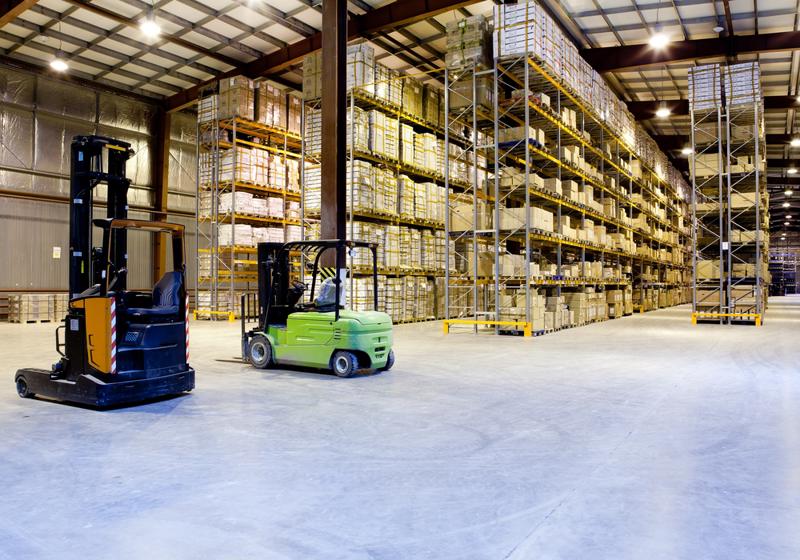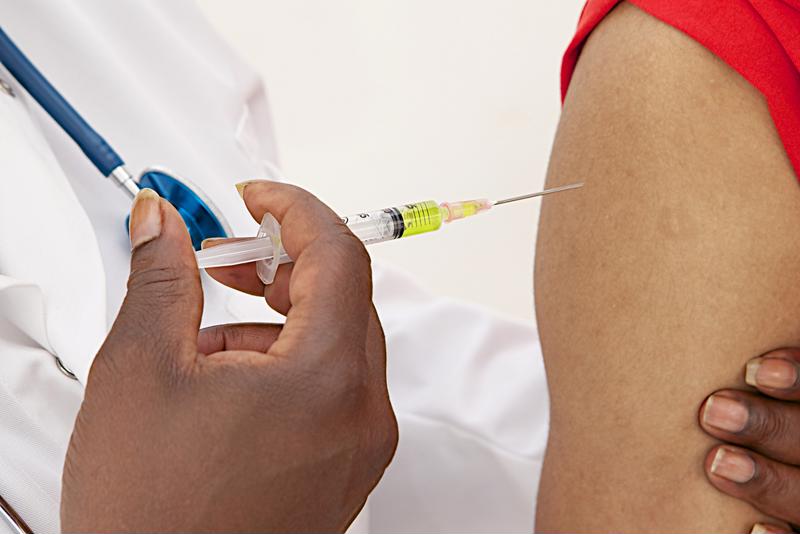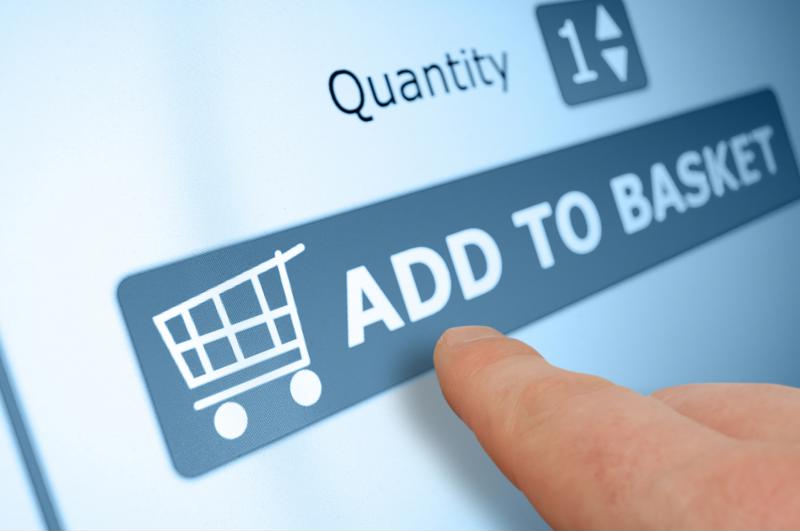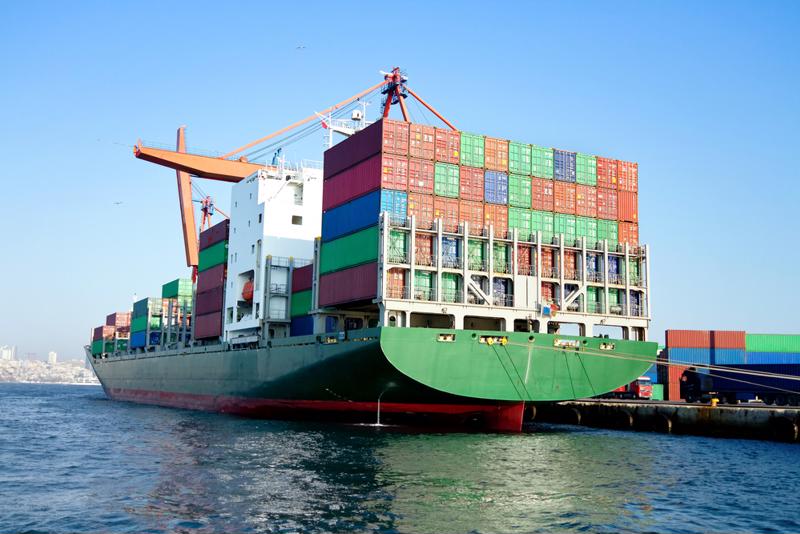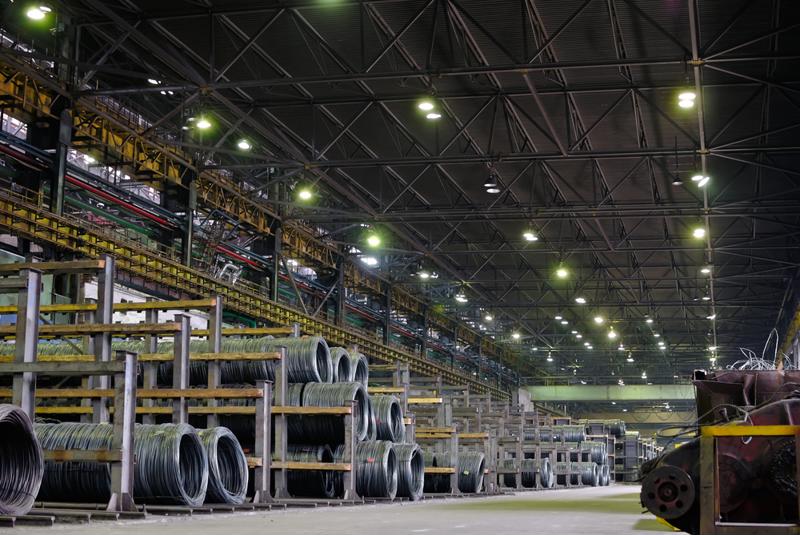The question, then, is how to maximize the good times and keep the hiccups to a minimum. The following suggestions should help:
1) Keep communication channels wide open
Your primary focus in any supplier relationship should be to never leave one another in the dark, so communicating on a regular basis is key, according to the Chartered Institute of Purchasing and Supply. Whether it's being prompt when you reply to emails, being able to get someone on the phone quickly or convening meetings on short notice, all involved need to be flexible on this front.
2) Don't act like you're the center of the universe
On the other hand, you also have to recognize that, in the vast majority of cases, you will not be another company's only partner in the supply chain, and cannot make unreasonable demands for time or attention, CIPS said. Odds are good that everyone is working to solve problems to the best of their abilities, so you can't expect — let alone demand — immediate fixes.

3) Get on the same page with technology
To prevent those kinds of hang-ups from happening in the first place, it's a good idea to be sharing data and working on the same platforms as much as you possibly can, according to Paramount WorkPlace. That way, you have more transparency and collective vision, allowing you to make all your communications and collaborations easier to get through.
4) Know what's on paper — and what isn't
Often, over the course of lengthy relationships, you may come to understandings about better ways to work or meet each other's needs, but sometimes those expectations can't be met, Paramount WorkPlace added. As such, you may need to keep in mind what's actually included in the contract you signed initially, and what has been tacked on to that agreement over time.
5) Look at how you're performing
As with any partnership (i.e. like what your company has with its own employees), you would be wise to sit down and review how your supplier relationship is going, Paramount WorkPlace further advised. Take a look at what's working, what needs to be tweaked, and where you're headed next, and you may find better ways to stay on the same page.
6) Conduct regular risk assessments
Along similar lines, you should also look at how risks have evolved over time that could create problems for your partnership, and move to address them, according to PurchaseControl. Here, too, it's just about being able to respond appropriately to any potential emerging issues.
7) Always strive to pay on time
There's often no better way to keep supply chain partners happy than to ensure cash flow is predictable and on-schedule, Purchase Control warned. Just as you expect your partners to pay you on time and in full, you should always strive to do the same in the other direction.










